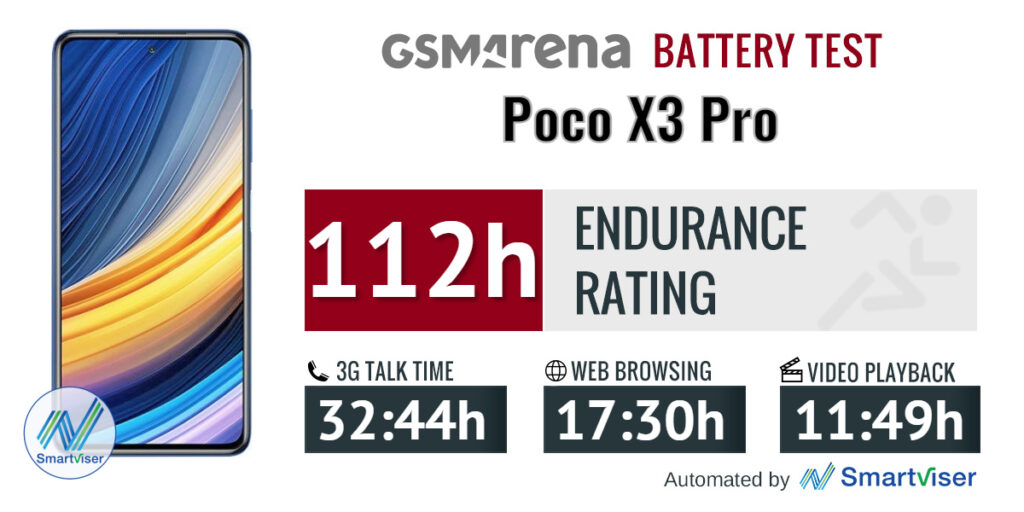Your website is your business's digital storefront – it needs to be designed to make a great first impression. But what do you think about when you're designing a store? The layout, the products on display, and how customers can find their way around. What if I told you that there's more to it than that? Your website is also an information architecture – which means that navigation matters just as much as design! In this article we'll talk about why good site navigation matters and how to create a user-friendly experience for your visitors.
Do you want to have visitors that are satisfied, happy, and eager to return? Of course! We all do. You need small business branding packages to achieve this goal. Getting the basics down is absolutely necessary for good site navigation design – but it's just the beginning. The next step is turning those essential components into a navigational masterpiece.
The main goal of any navigation system is to help your visitors find what they're looking for. That's really all it is – knowing what your visitors expect and delivering on those expectations, every single time. Here are some components of a good navigational system:
Do you ever wonder what people expect from the website you made? Wonder no more! In an effort to bring organizations together to understand web design, wordsmiths created the following principles of good web design.
These are some of the most important concepts when it comes to user-friendly navigational structure:
Visibility
This is all about knowing where you're going – and signaling that to your visitors. The more information you give people, the less time they will have to spend searching for what they're looking for.
Page Architecture
When you're laying out a website, it's important that information is easy to find – and easily digestible. The most efficient navigation systems have a clear visual hierarchy that makes finding information quick and intuitive.
Context
It's all about understanding where your visitors are coming from, and considering that context when you're designing your site. You may have the most intuitive layout in the world, but if your visitors are still confused about what's going on – then it doesn't matter how uncomplicated it is.
Job-to-be-Done
When someone visits your website, they often have a very specific goal in mind. Understanding what your visitors want to do is a crucial step in creating a successful navigational structure.
Sitemaps
A sitemap doesn't have to be complicated – or even written down! You can use simple breadcrumbs, clear language, and well-designed labels to make sure that everyone knows where they are. The idea here is present, not exact. If people know where they are, that's basically all that matters.
Structural Components And Design Principles
Once you've got the navigational basics down, it's time to think about how information is organized in your site. Even if you put together a great navigational system – without correct hierarchical structure, things can get messy quick!
Good navigational structure is as much about visual presentation as it is about user expectations. Quickly organizing information by priority and category helps visitors find what they need quickly – without wasting time searching for a needle in a haystack.
Start Today, Your Site Will Thank You Later
Ready to get started and start making your website more user-friendly? We’re ready for you! Contact Sharp Tack Media today to schedule a free consultation. Our team is here, waiting and eager to help take your company into the future with an improved site that will attract customers like never before. Don't wait any longer – contact us now!








